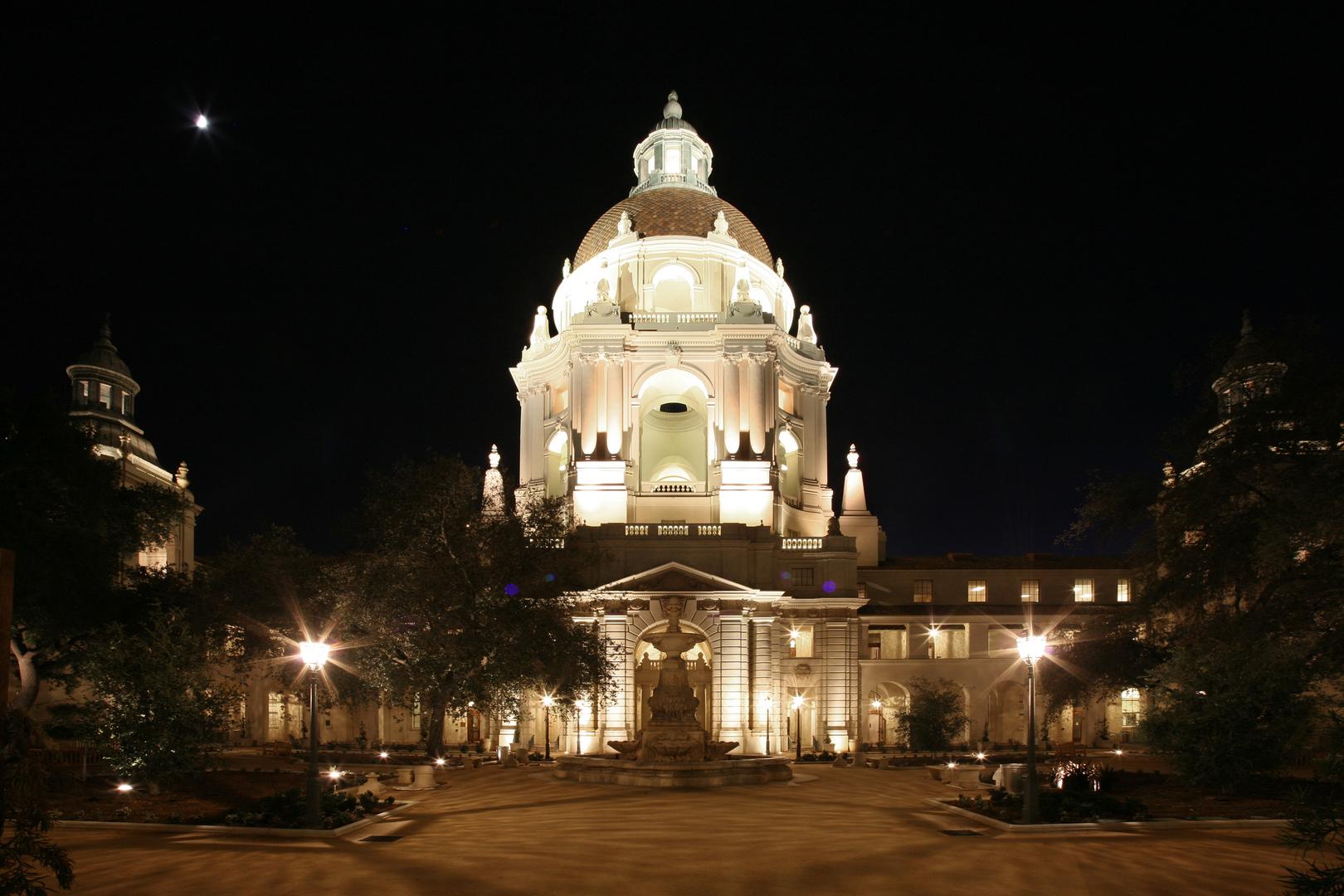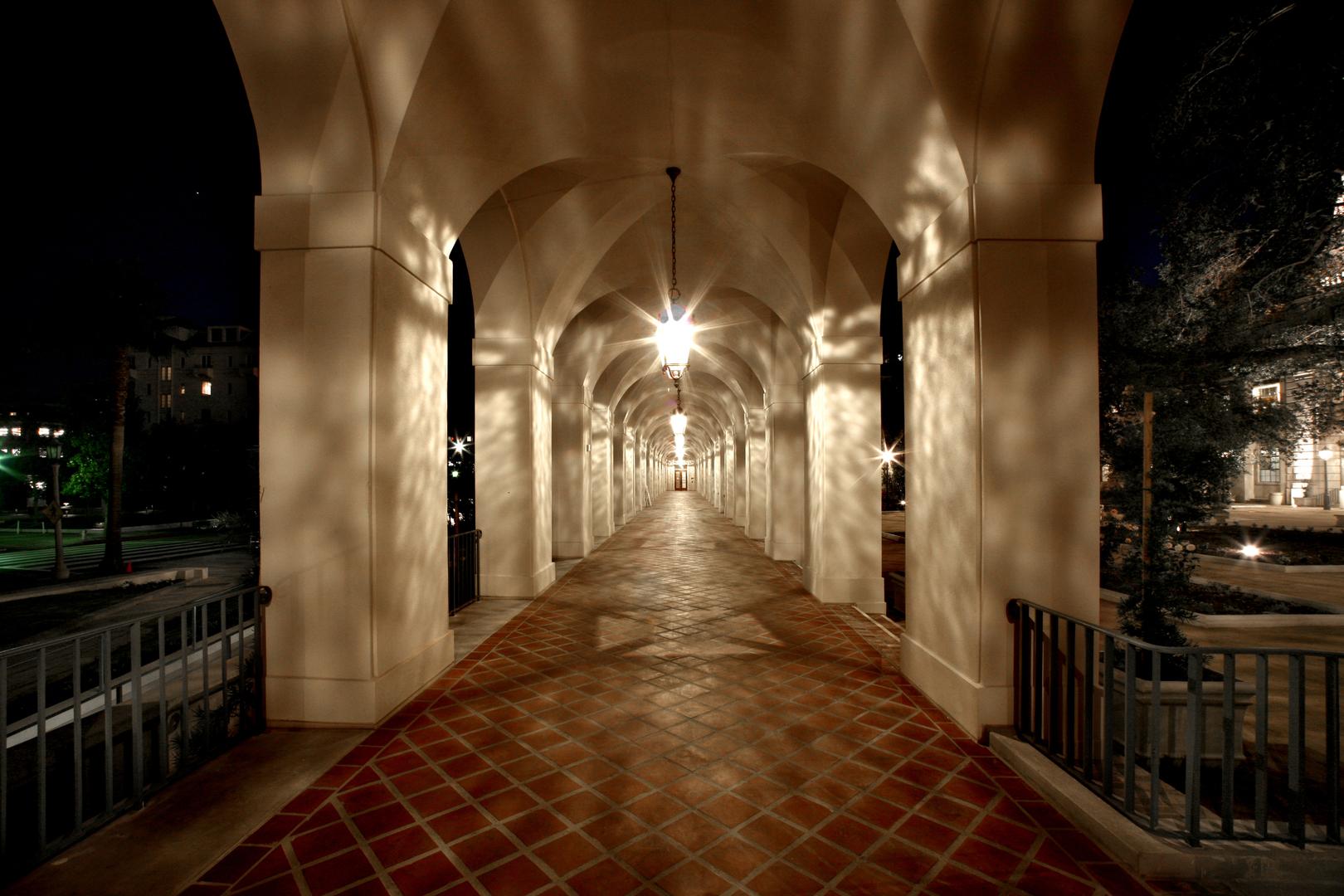Client
City of Pasadena
Designer
Architectural Resources Group
Location
Pasadena, California
Size
170,000 Square Feet
Completion Date
2007
Delivery Method
General Contracting


Client
Designer
Location
Size
Completion Date
Delivery Method

